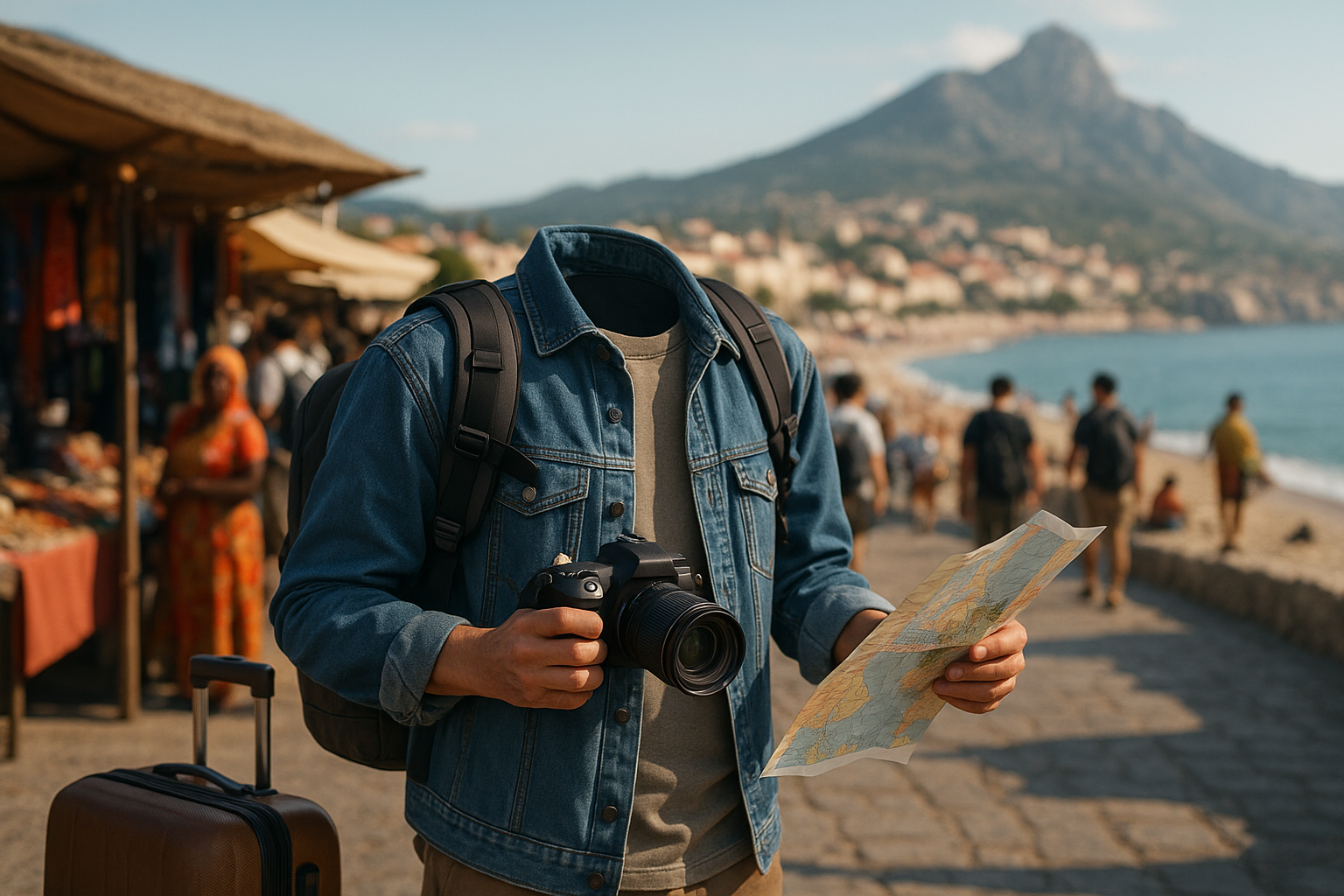Unmasking the Allure of Invisible Tourism
Invisible tourism, a term that may sound contradictory to many, is a growing trend in the travel and transportation industry. This article will delve into what invisible tourism is, its historical context, current trends, and its implications for the modern traveler.

A Glimpse into Invisible Tourism
Invisible tourism is not about donning a cloak of invisibility and wandering through tourist spots unseen. Instead, it is a form of travel where tourists strive to blend in with the local environment, minimizing their impact on the destinations they visit. This approach is a shift from the traditional, conspicuous tourism that often leads to overcrowded destinations and environmental degradation.
The Origins and Evolution of Invisible Tourism
Invisible tourism has its roots in the 1970s, when there was a growing awareness of the negative impacts of mass tourism. This awareness has expanded over the decades, and the advent of the internet and digital technology has given travelers the tools to plan low-impact trips and immerse themselves in local cultures.
The Current Scenario
Invisible tourism is gaining in popularity as travelers seek unique and authentic experiences. It is now common for tourists to stay in local homes through platforms like Airbnb, buy groceries from local markets, and engage in local customs and traditions. This trend is driven by a growing awareness of the need for sustainable tourism and a desire for more meaningful travel experiences.
The Merits and Challenges of Invisible Tourism
Invisible tourism has several benefits. It promotes cultural exchange, supports local economies, and reduces the environmental impact of tourism. However, it also has its challenges. There is a risk of cultural appropriation if tourists do not respect local customs and traditions. Moreover, invisible tourism can lead to the gentrification of neighborhoods, driving up prices and making it unaffordable for locals.
The Impact on Travelers
Invisible tourism offers travelers a richer and more fulfilling travel experience. It allows travelers to break away from the typical tourist trails and engage more deeply with the places they visit. However, it also requires a greater level of responsibility and awareness on the part of the traveler.
Inside Scoop: Making Invisible Tourism Work
-
Always research about the place and its customs before visiting.
-
Respect local traditions and cultural norms.
-
Engage with locals in a respectful and sensitive manner.
-
Choose locally owned accommodation and eateries.
-
Use public transportation or walk whenever possible.
-
Minimize your environmental impact by reducing waste and conserving resources.
In conclusion, invisible tourism is a trend that encourages responsible and meaningful travel experiences. It offers an alternative to the mass tourism model and has the potential to bring about positive change in the tourism industry. However, it requires careful planning and thoughtful behavior on the part of the traveler. As the world becomes increasingly interconnected and tourism becomes more accessible, it is up to each of us to travel in a way that respects and enhances the places we visit.





